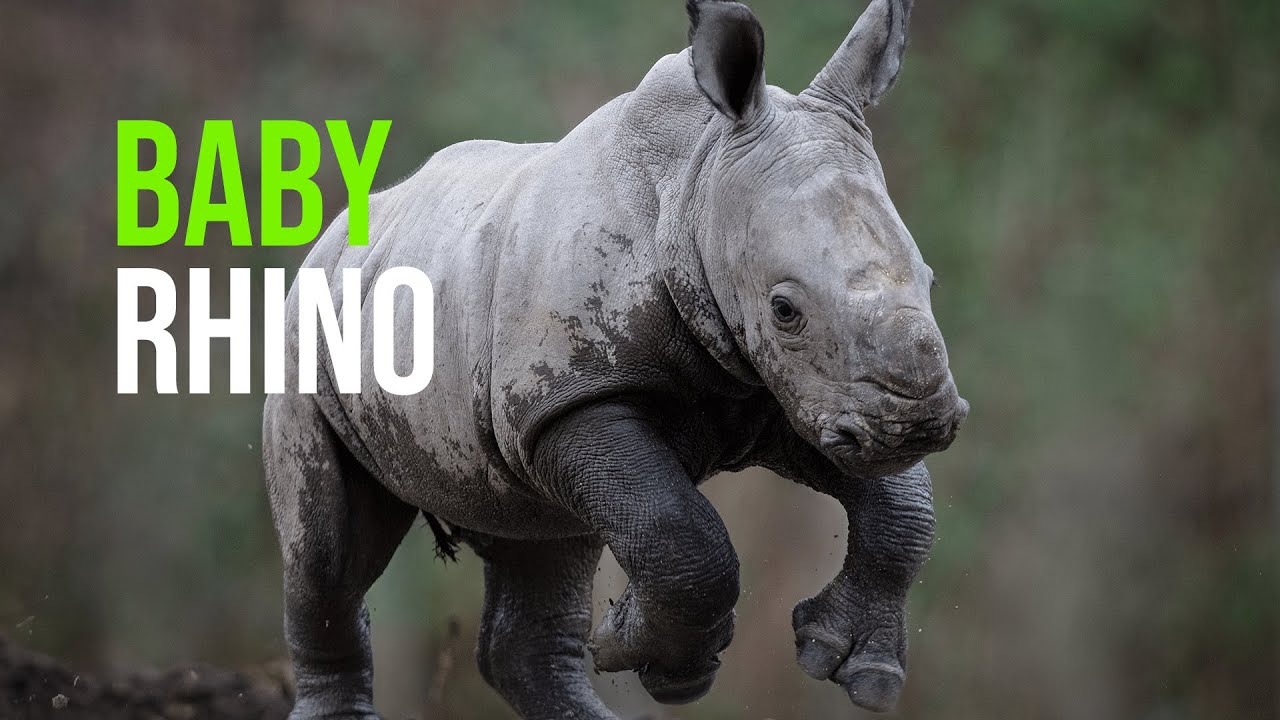- The significance of the Southern White Rhinoceros calf birth at Dublin Zoo in terms of conservation efforts and species survival.
- Reproductive biology and behavioral characteristics of Southern White Rhinoceros in captivity and the wild.
- Role of zoos in global wildlife conservation with a focus on breeding programs for endangered species like the Southern White Rhinoceros.
- Detailed insight into the management of animal welfare and habitat at Dublin Zoo to support the health and growth of its rhinoceros population.
- The importance of public engagement and educational initiatives in wildlife conservation through zoo-based programs.
The recent birth of a Southern White Rhinoceros calf at Dublin Zoo marks a pivotal moment in wildlife conservation. With rhinoceroses facing the severe threat of extinction due to poaching and habitat loss, this event provides a glimmer of hope and contributes to the global effort to preserve the species. The Southern White Rhinoceros, one of the two subspecies of white rhinoceros, is classified as Near Threatened by the International Union for Conservation of Nature (IUCN). Efforts like this one at Dublin Zoo are crucial in maintaining viable captive populations and safeguarding the genetic diversity essential for the species’ long-term survival.
The reproductive biology of Southern White Rhinoceroses is quite remarkable. Females reach sexual maturity around 6 to 7 years of age, while males typically mature at around 10 to 12 years. Mating systems are polygynous, with dominant males maintaining territories rich in resources that attract females. The gestation period is one of the longest among terrestrial mammals, extending over 16 months. This extended gestation results in a single calf, which will remain dependent on its mother for up to three years. Such a prolonged reproductive cycle means that population recovery is slow, emphasizing the value of each newborn calf in both captive and wild populations.
Behavioral observations of these animals in captivity reveal important insights into their social structures and needs. Southern White Rhinoceroses are notably sociable compared to their black rhinoceros cousins, often seen in familial groups known as crashes. Ensuring that these social structures are maintained in captivity is crucial for their well-being and replicating conditions that closely resemble their natural habitats. The care team’s efforts at Dublin Zoo highlight the intricate balance needed to support these animals’ physical and emotional needs. From carefully designed enclosures that mimic savannah landscapes to detailed dietary plans, every element of the zoo environment works together to promote the health of their rhinoceros residents.
Zoos worldwide are at the forefront of conservation efforts, focusing on saving endangered species through meticulous breeding programs. Collaboration among facilities enables a diverse genetic pool, thus avoiding inbreeding and increasing the resilience of captive populations. Dublin Zoo plays an essential role in the European Endangered Species Programme (EEP) for Southern White Rhinoceroses. This calf’s birth is a testament to the careful planning and cooperation involved in such programs. Besides enhancing genetic diversity, these initiatives also provide critical research opportunities that contribute to conservation strategies in the field.
The management of animal welfare at Dublin Zoo extends beyond nutrition and medical care. The design of habitats plays a vital role in promoting the natural behaviors and psychological health of the animals. For rhinoceroses, this means providing ample space for grazing, mud wallows for skin care, and vegetation that simulates the variety found in their native African range. Enrichment programs are implemented to encourage natural behaviors such as foraging and exploring, engaging both the mind and body of these magnificent creatures. Moreover, veterinary care teams are equipped with advanced technology and rely on close monitoring to swiftly address any health concerns.
Public engagement and educational outreach are critical in rallying support for wildlife conservation. Dublin Zoo actively involves visitors in learning about the plight of Southern White Rhinoceroses and the broader challenges facing biodiversity. Interpretative programs and interactive displays communicate the importance of conservation efforts effectively, turning visitors into advocates for change. This approach not only raises awareness but also ensures long-term support for conservation initiatives both locally and globally. By connecting communities to the stories of species like the Southern White Rhinoceros, zoos inspire a new generation of conservationists and highlight the intrinsic value of preserving the planet’s rich biodiversity.
This Southern White Rhinoceros calf at Dublin Zoo symbolizes hope and resilience in the face of challenges threatening the natural world. This birth highlights the critical roles zoos play as havens for endangered species and essential players in the broader conservation landscape. With each successful breeding and every educational program, Dublin Zoo and institutions alike become ever more pivotal to the survival of species hanging in the balance—showing the world the power of collaborative and innovative conservation efforts.
*****
Source Description
@dublinzoo1310 is delighted to announce the birth of a Southern white rhinoceros calf. The female calf, born on January 2nd to mother Nyala, is estimated to weigh approximately 50kg. The calf joins her father, Chaka, and half-brother, Fionn, as the newest member of the seven-strong herd, also known as a crash, in Dublin Zoo’s African Savanna.


